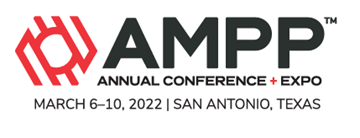Search
Life-Cycle Cost Evaluation Of Corrosion Mitigation Strategies In Mining Industry
Also Purchased
Laboratory And Full-Scale Qualification Of An Abrasion Resistant Overcoat Wrap
Product Number:
51322-17633-SG
Publication Date:
2022
$20.00
Long-Term Case Studies Of Cathodic Protection Along The Texas Gulf Coast
Product Number:
51322-17734-SG
Publication Date:
2022
$20.00
Key Points Specifically For Transmission Pipeline Coating
Product Number:
51322-17760-SG
Publication Date:
2022
$20.00




